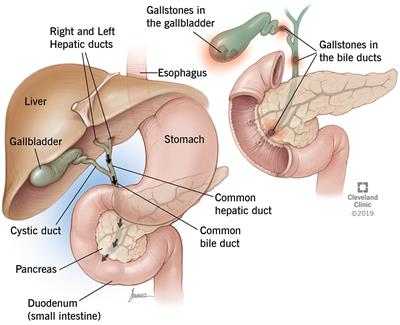Gallstones Treatment in Iran
Find the best clinics for Gallstones Treatment in Iran
No clinics available
Malaysia offers the best prices Worldwide
Price: $ 32

WHY US?
At Medijump, we're making medical easy. You can search, compare, discuss, and book your medical all in one place. We open the door to the best medical providers worldwide, saving you time and energy along the way, and it's all for FREE, no hidden fees, and no price markups guaranteed. So what are you waiting for?

Free

Best Price

Widest Selection

Risk-Free
What you need to know about Gallstones Treatment in Iran

Gallstones are pieces of solid materials that form in the gallbladder and when they block a bile duct and cause pain, you will need to get treatment right away. The treatment option for gallstones depends on how the symptoms are affecting your daily life, which includes laparoscopic surgery, open surgery, and endoscopic retrograde cholangiopancreatography (ERCP).
What Does the Procedure Involve?
If you choose to undergo laparoscopic surgery (known as laparoscopic cholecystectomy), your surgeon will make small incisions in your abdomen to insert a laparoscope and special surgical instruments, which will be used to remove your gallbladder. With open surgery, your doctor will make a single large incision on your abdomen and the gallbladder is removed manually. If you undergo endoscopic retrograde cholangiopancreatography (ERCP), your surgeon will only remove gallstones from the bile duct without touching the gallbladder. All of these surgeries are performed under local or general anesthetic.
How Long Should I Stay in Iran for a Gallstones Treatment Procedure?
The length of stay in Iran depends on which procedure you undergo. In general, you may need to stay for 7 to 14 days after surgery. During your stay, you will have to attend follow-up checkups and your surgeon may remove the stitches if they did not use dissolving stitches.
What's the Recovery Time for Gallstones Treatment Procedures in Iran?
The type of procedure you undergo determines the recovery period. while you may be able to get back to your normal routine within 10 days after laparoscopic surgery, you may need to wait around 6 weeks to fully recover from open surgery. If you undergo ERCP, you should be able to go back to work after several days.
What sort of Aftercare is Required for Gallstones Treatment Procedures in Iran?
A healthy and balanced diet is very important to stop gallstones from growing again. Your surgeon will give you instructions regarding dietary restrictions and exercises you need to perform in order to stay healthy after the treatment.
What's the Success Rate of Gallstones Treatment Procedures in Iran?
Gallstones treatment is known to be highly effective and successful, with about 90% of people have successful treatment. However, there are some risks and side effects to be aware of and the risks include infection, damage to the bile duct, bleeding, blood clots, and abdominal pain.
Are there Alternatives to Gallstones Treatment Procedures in Iran?
If surgery is not an option for you, medication to dissolve gallstones can be the alternative. However, it may take months or years of treatment to treat gallstones using medication. Also, the gallstones may form again if you stop taking the medication.
What Should You Expect Before and After the Procedure
After the procedure, you will no longer experience the same symptoms you felt before the procedure and the risk of complication is decreased.
Whilst the information presented here has been accurately sourced and verified by a medical professional for its accuracy, it is still advised to consult with your doctor before pursuing a medical treatment at one of the listed medical providers
No Time?
Tell us what you're looking for and we'll reachout to the top clinics all at once
Enquire Now

Popular Procedures in Iran
Prices Start From $1,228

Prices Start From $2,487

Prices Start From $2,487

Prices Start From $825

Recommended Medical Centers in Iran for procedures similar to Gallstones Treatment

- Interpreter services
- Translation service
- Religious facilities
- Medical records transfer
- Medical travel insurance
- Health insurance coordination
- TV in the room
- Safe in the room
- Phone in the room
- Private rooms for patients available

- Interpreter services
- Translation service
- Religious facilities
- Medical records transfer
- Medical travel insurance
- Health insurance coordination
- TV in the room
- Safe in the room
- Phone in the room
- Private rooms for patients available

- Interpreter services
- Translation service
- Religious facilities
- Medical records transfer
- Medical travel insurance
- Health insurance coordination
- TV in the room
- Safe in the room
- Phone in the room
- Private rooms for patients available
